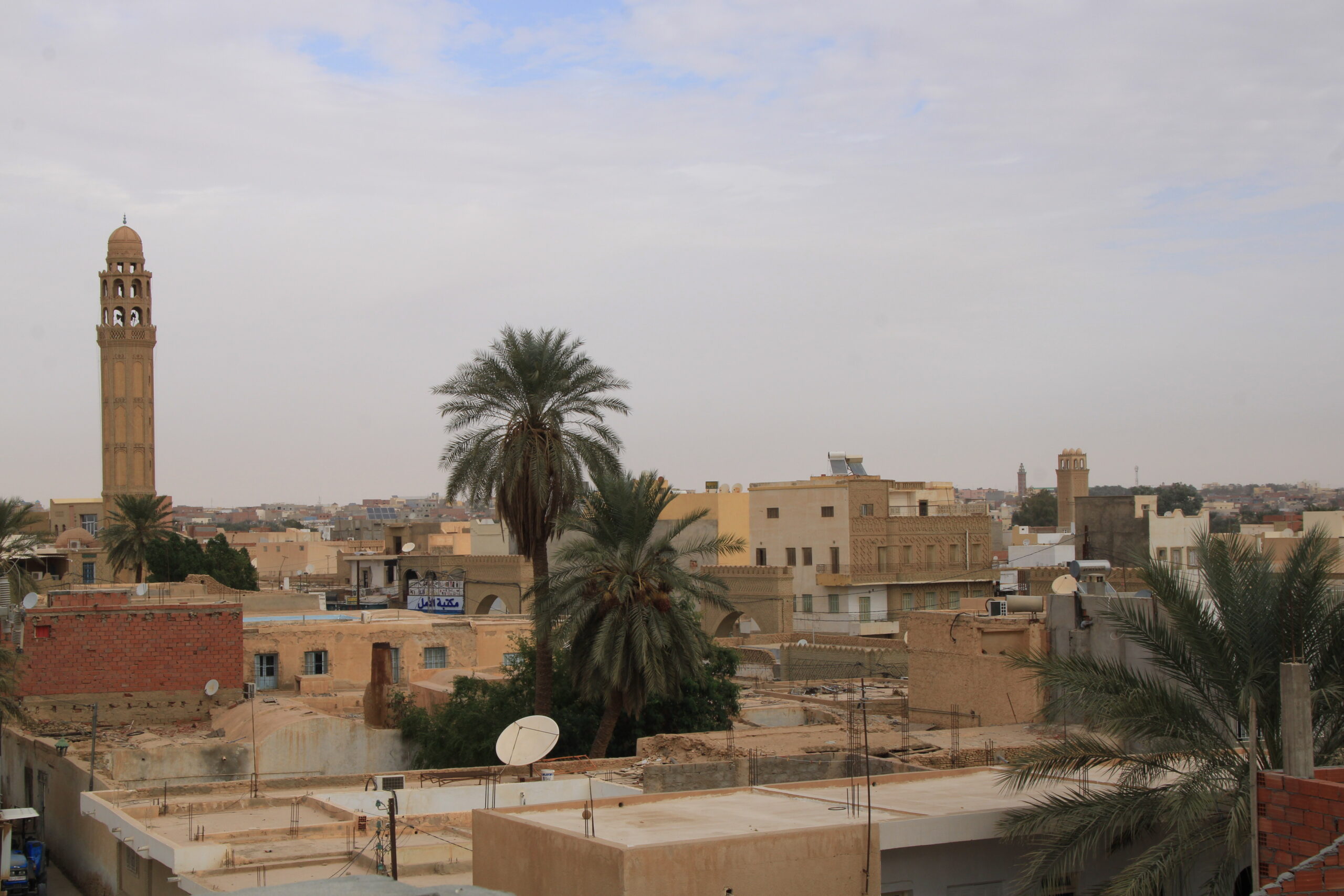Tozeur, a city in the south of Tunisia is probably one of the most unique to be found anywhere in North Africa. It’s become a base camp for thousands of travelers looking to experience the majesty of the desert, but the city itself is one of a kind, and hardly a collection of tourist agencies.
For hundreds of years, the oasis of Tozeur has been a center of life in a large strip of desert alternating between seas of sand, extinct lakes, rocky flatlands, and carved-up mountain ranges. Over that time its bounty of date palms and sophisticated water management technology has allowed large populations to thrive where little else can.
Today though, Tozeur has its own airport, and the dates which used to feed the locals and occasional travelers are now exported all over the world, from Canada to Spain to Singapore.
For experiencing the Sahara, few places come as close to offering the blend of challenge and hospitality, culture, and nature that one expects from visiting the world’s largest desert.

Between the palms
Central to the existence, character, and wealth of the city of Tozeur are the thousands of date palms that are grown in a massive plantation and run through a unique blend of communal practices and private investment.
Each family will own several, perhaps 9 to 12 palms, which when mature can produce around 80 to 120 kilograms of dates per season. They can keep up this production anywhere from 45 to 80 years before they are cut down, used for firewood or carpentry, and a successor is grown in their place.
Just like the deed to a house, the palm trees, and the right to replant them are passed down from generation to generation, with some anecdotal reports claiming that likely 70% of the population in the area have a claim to at least some date palms.
“We are buying from probably 100 different families/farmers,” said the owners of Best Fruits organic date exporters, from the nearby town of Dguache. “We try very hard not to use pesticides because we want them to be [organic,] but sometimes the pests are too much”.
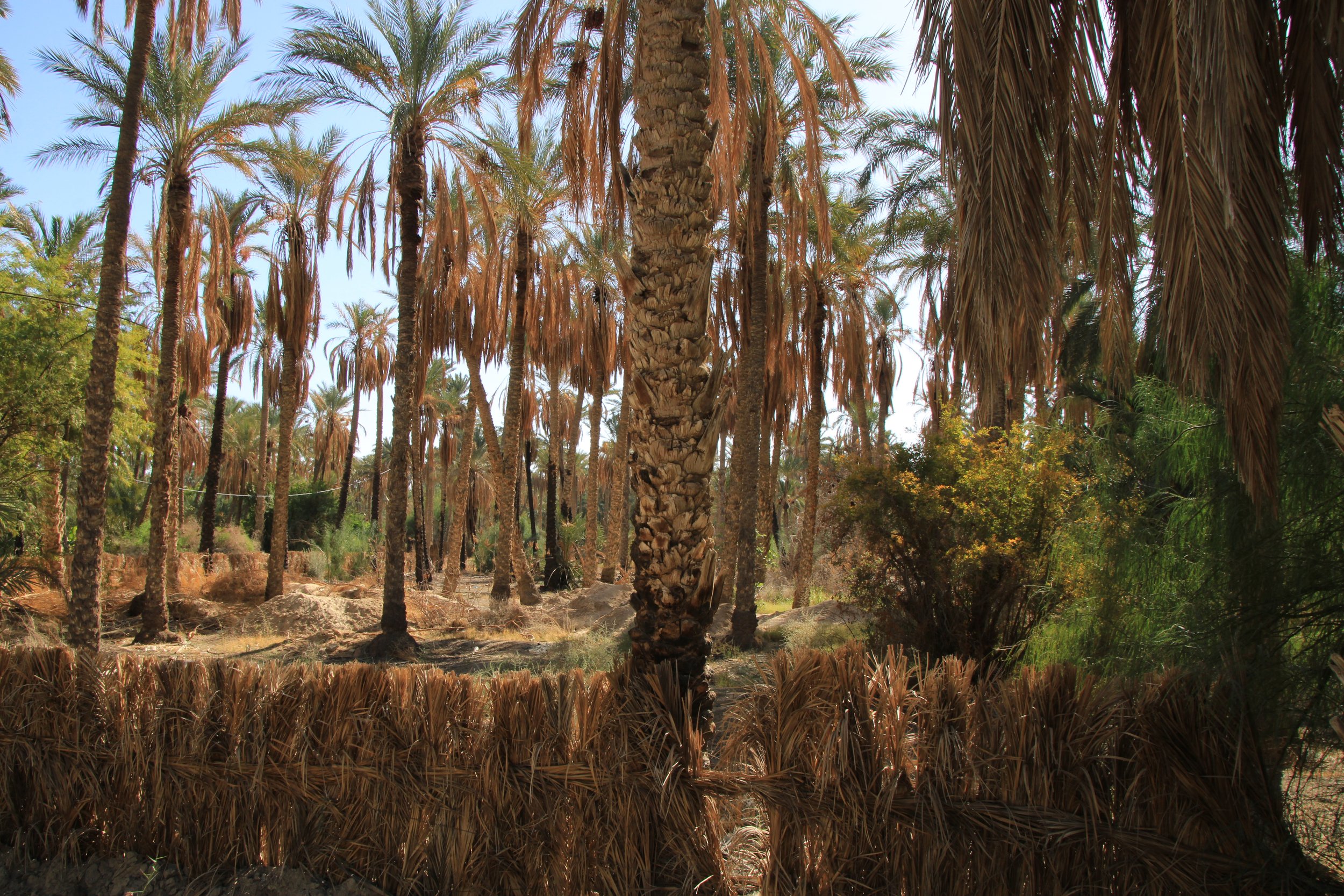

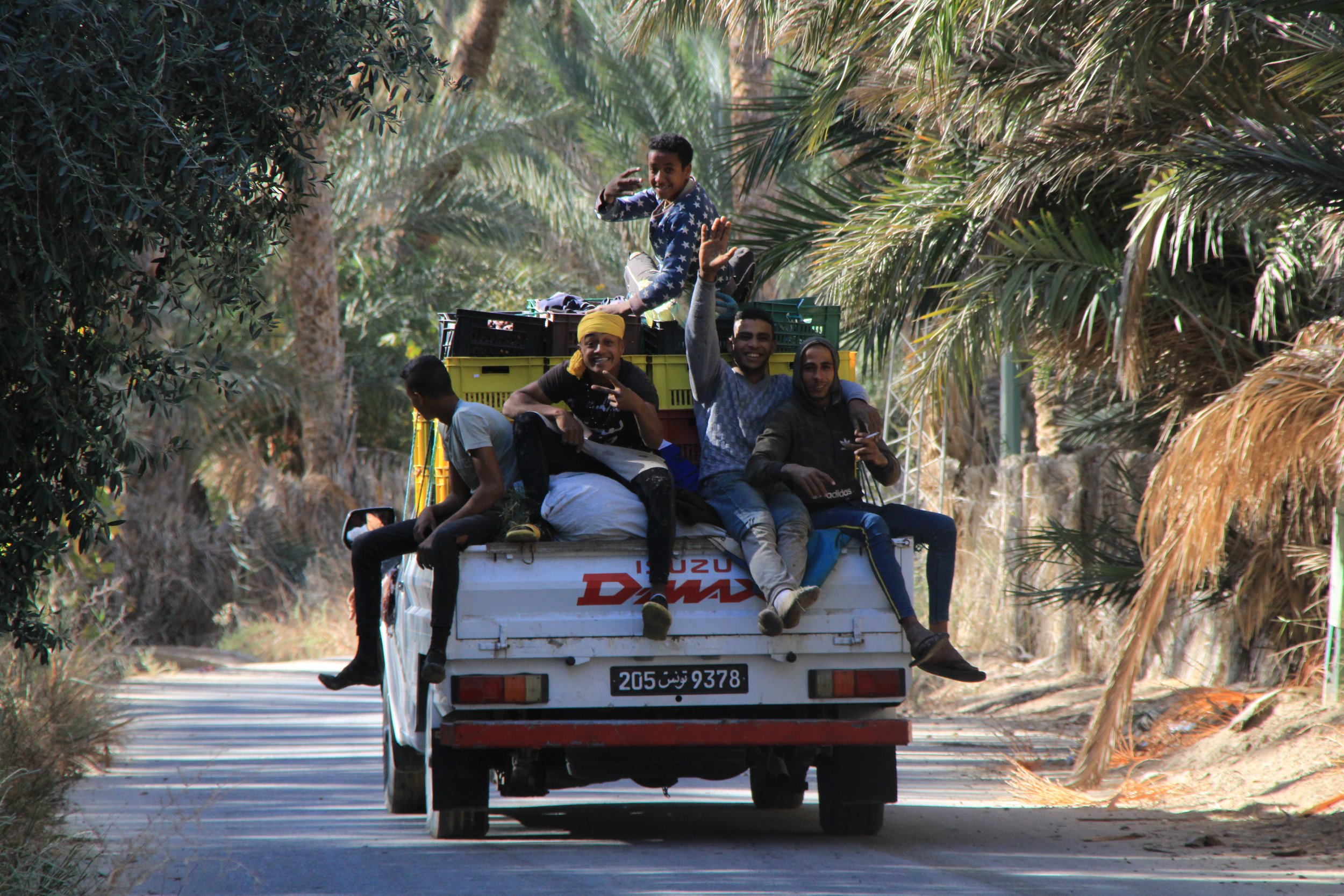
In Tunisian society as far back as anyone can remember, it has been the role of the men to gather the dates from the palms, while the women perform “triage,” as the locals called it. Best Fruits employs 100 or so women to triage the 2,000 tonnes of dates they export every year.
In their facility, dates are frozen to protect and store them before they’re slowly brought to a normal temperature through refrigeration. Afterwards, they are dried in an oven at 80°C, and then packaged.
Dates are everywhere in Tozeur, and the expanding date plantations can be found going in all directions outside town. In the city center some of the worst quality dates are sold in stalls to tourists, and the morning market appearance is quite the scene.
Generally, a person will end up buying a single cultivar of date. The “deglett” is sold everywhere, and is moist and chewy, but smaller than the “Medjool” dates often given as presents in Europe. In Tozeur one can also find the “tranja” variety, which are less succulent and have a more complex flavor, as well as the “carnishi” which is much harder, not so sugary, and really quite rare.

Unique by itself
In the history of Islamic North Africa, towns and cities lived and died by their position on the trade routes from West Africa and sub-Sahara, as well as the pilgrimage trail to Mecca. Tozeur by itself benefited from neither of these, and rather like the self-made millionaire, had to build her own fortune.
To this end, the underground aquifers which feed the date palms were paramount, and today the fact that the date palms remain green is somewhat at the expense of Chott el Djerid, the Sahara’s largest salt pan. Technically called an “endorheic salt lake” Chott el Djerid is reckoned as being between 7,000 and 5,000 square kilometers, or around 2,500 square miles; and while it may seem lifeless, rainwater can be seen draining into it during winter.
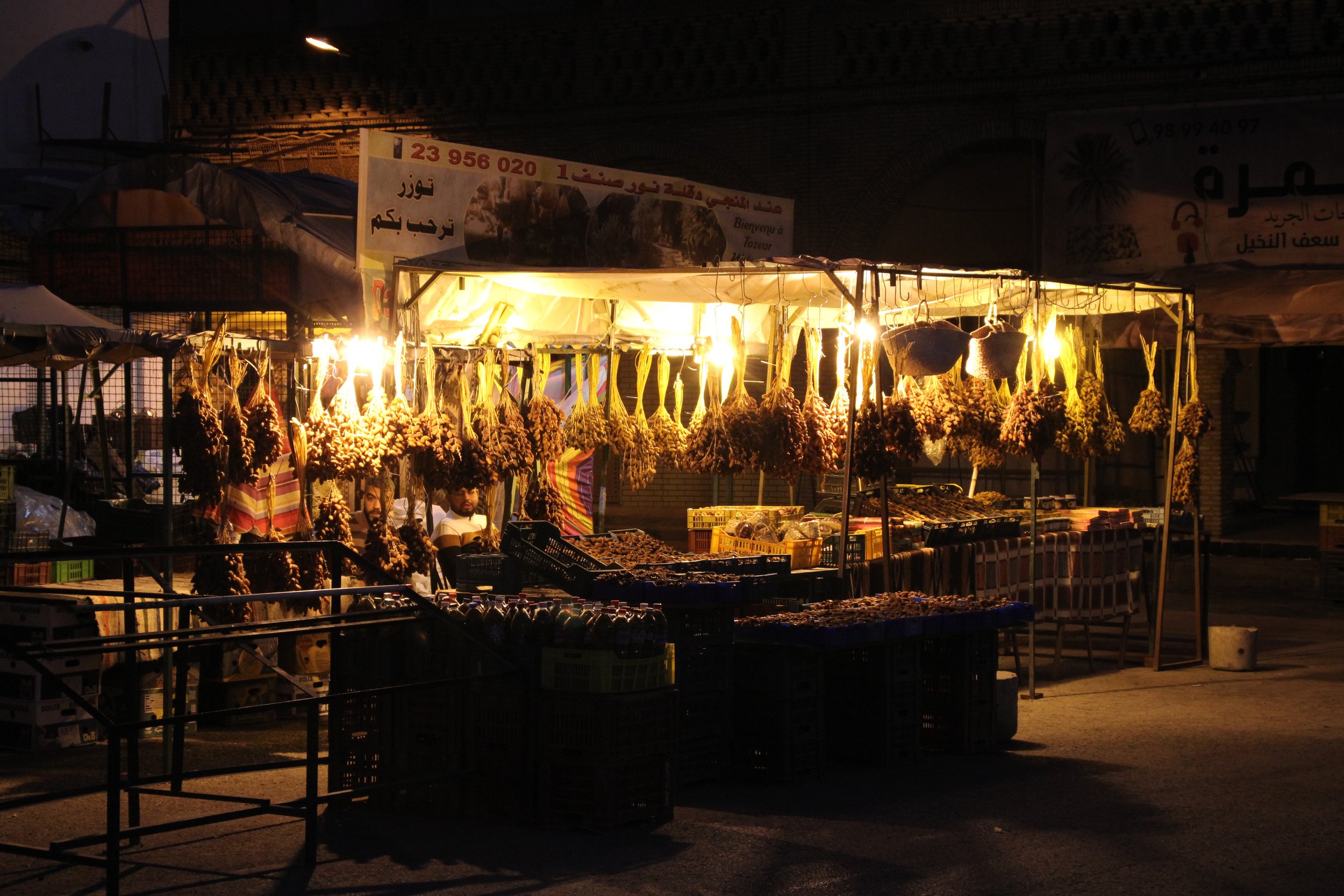
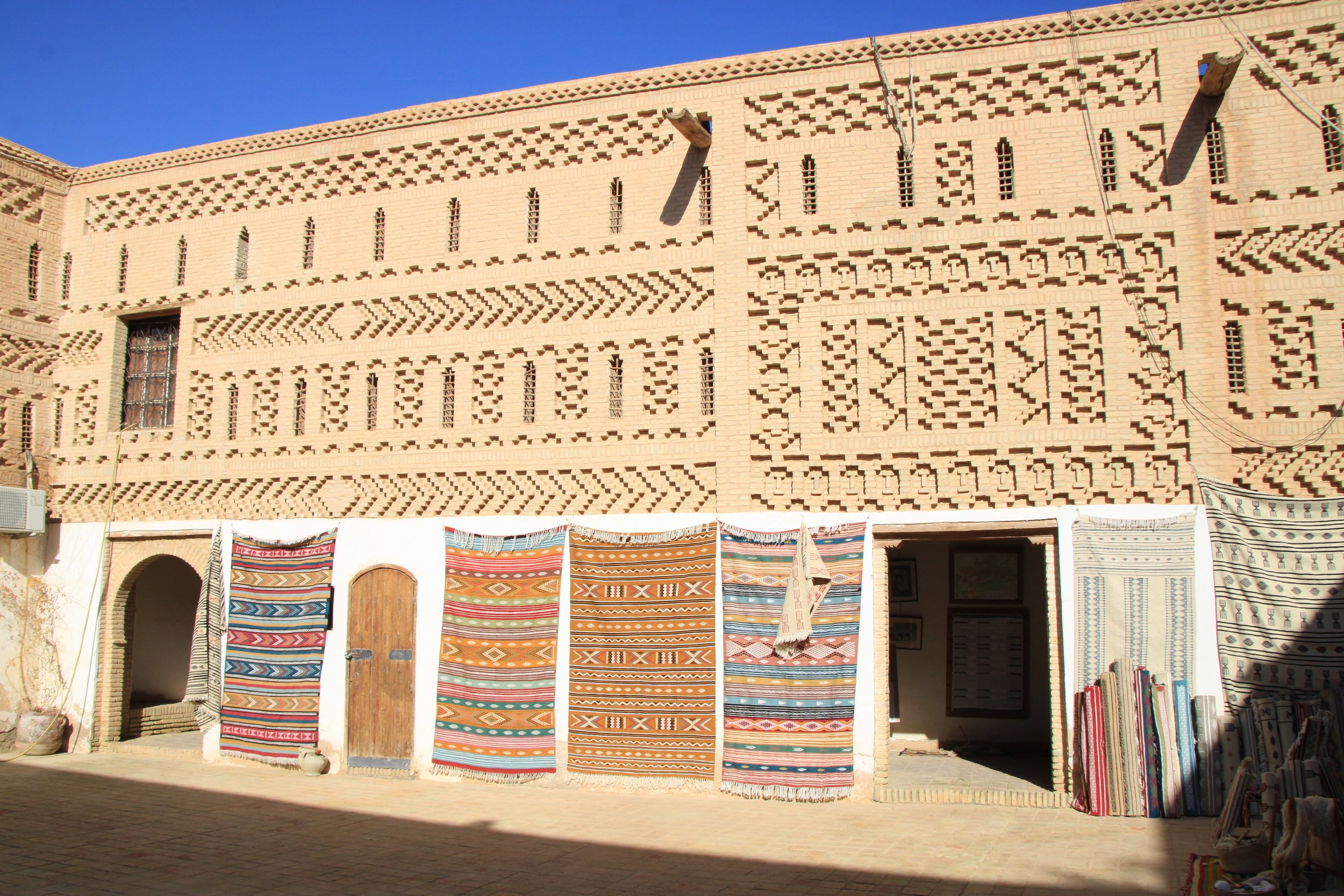
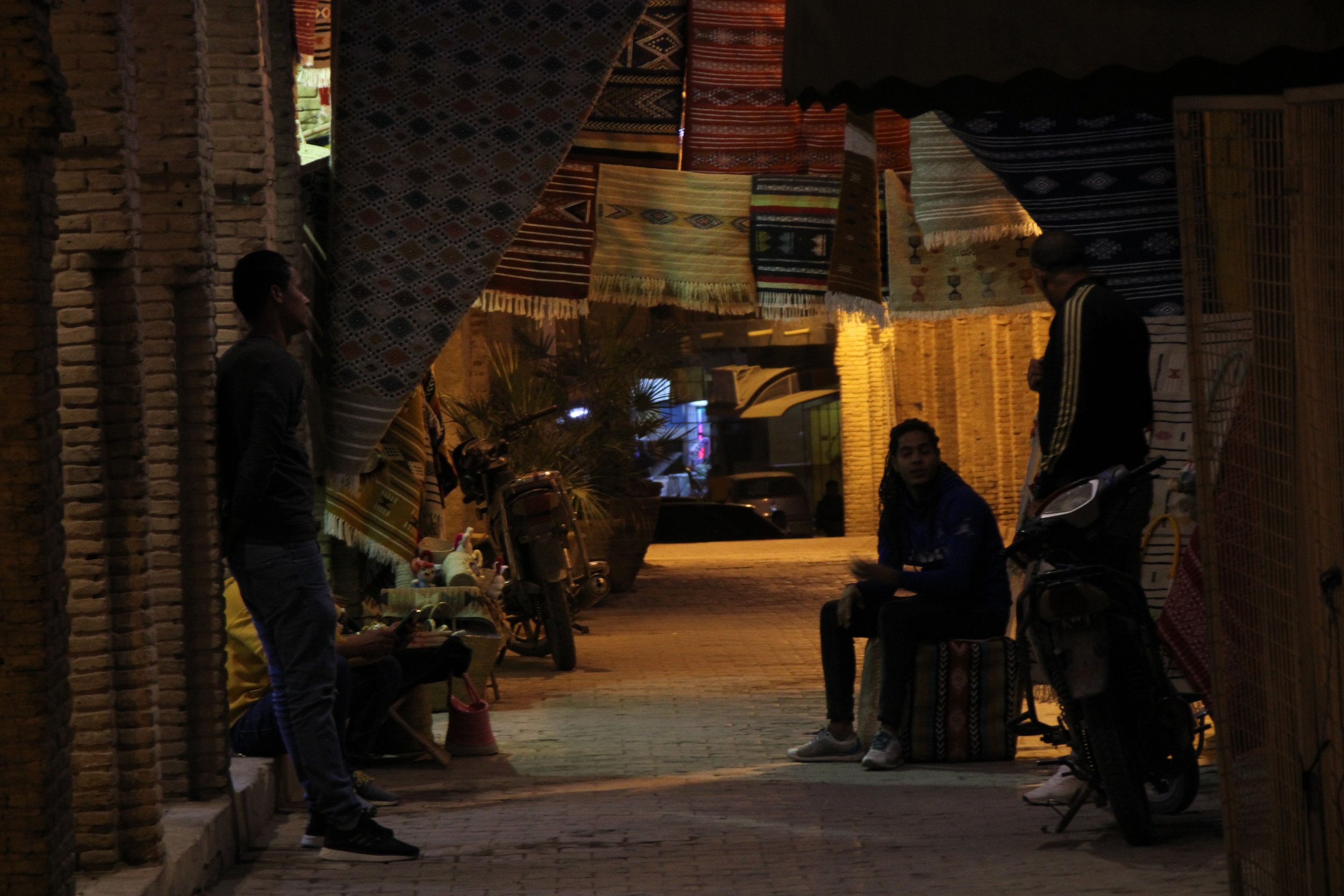
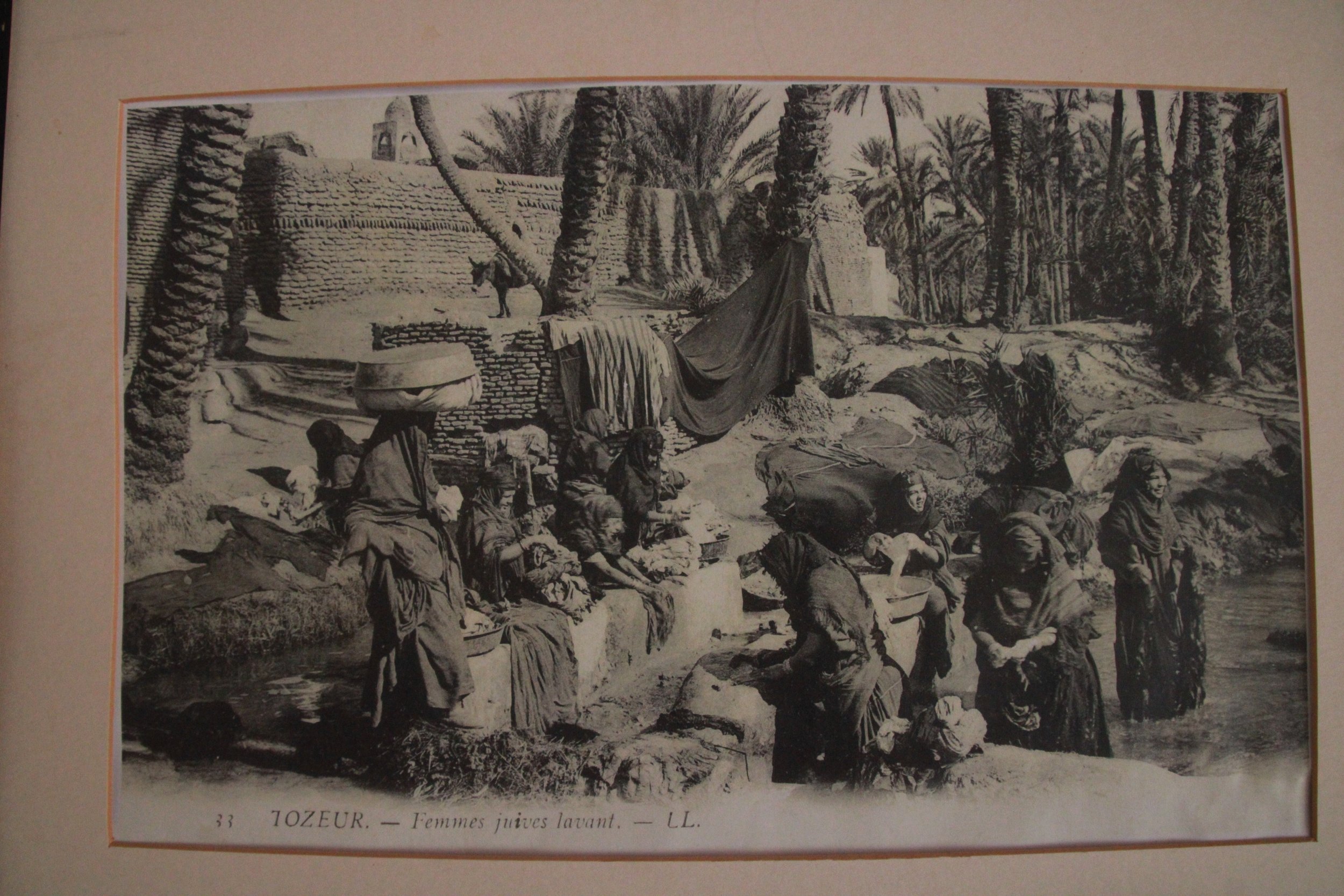
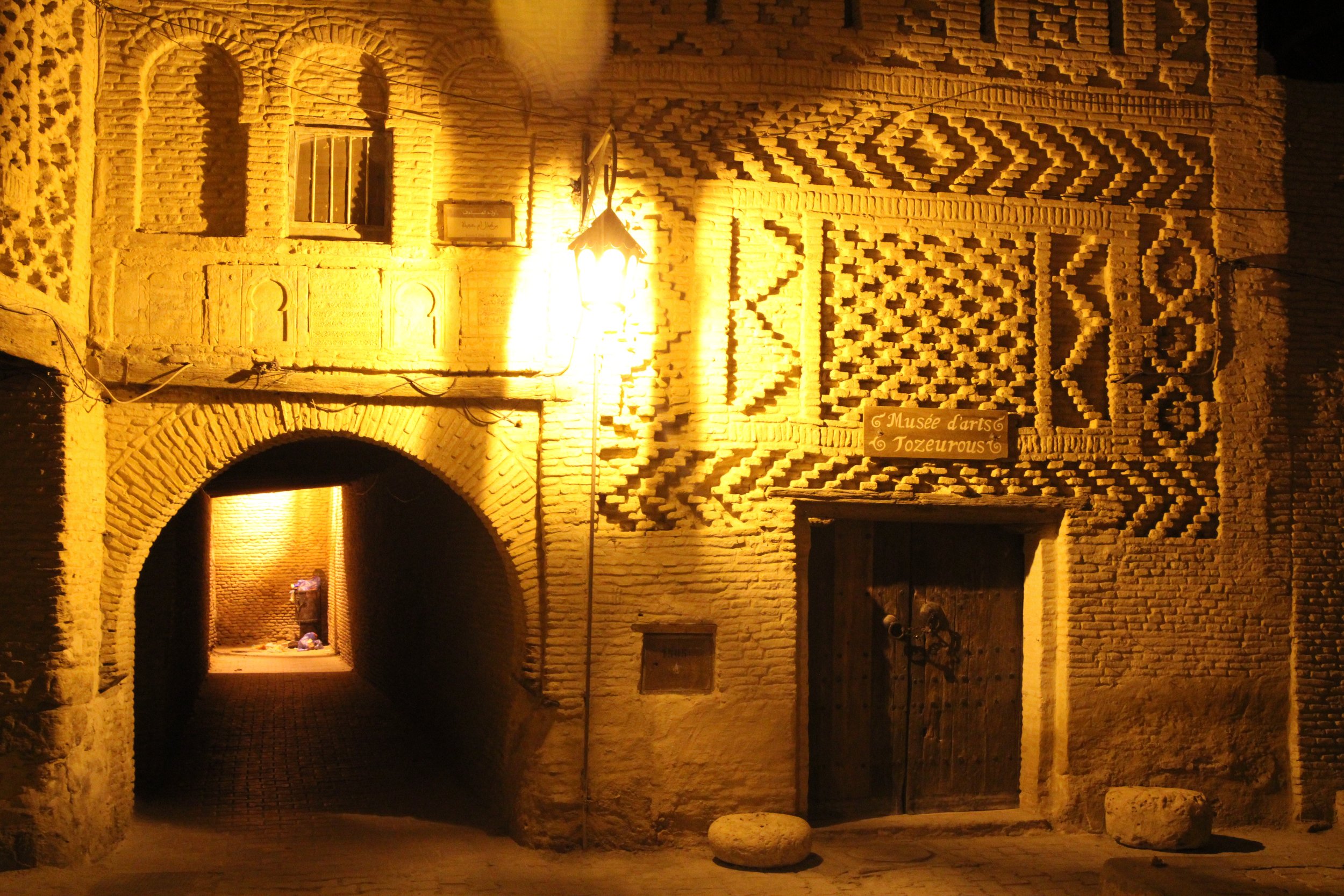
As the town grew in size, the denizens built a city of brick in the 15th century with a unique mixture of sand, water, and wood ash from the date palms. Today the medina of Tozeur is something that has no equal in the Maghreb for brick artwork. The walls even of modern buildings are made using this unique sandy-gray brick, often painstakingly arranged in traditional Berber, or Amazigh, patterns.
Arab engineers during the Middle Ages built sophisticated water engines which brought streams from far away into the oasis, and rather than for trade, the city became an important rest stop along the caravan routes. The water allowed a flourishing textile industry to develop, as camel wool could be washed in the water to improve its quality as clothing and for carpets, which are still made there today by hand and wooden loom.
“Preservation of the medina is going okay,” explained a host at the Society for the Preservation of the Tozeur Medina. “We get very little from the government but tourist money helps. Much of this was built in the 15th century, though Tozeur was not a stop on the Hajj pilgrimage”.
Though beautiful, many citizens see hard times ahead for the unique city. Locals express concern for economic hardship, even while they desire to keep the city’s one-of-a-kind building techniques of brick and palm-wood doors alive.

“It’s very expensive,” says local hotelier Taib. Owner of Residence Tozeur Elmedina, he is currently building a set of flats and rooms next door, covered in this traditional brickwork.
“There was a beautiful French-built school there, but they tore it down after the revolution and built that horrible thing,” he said, pointing from the roof of his new building. “The economy is not growing but shrinking, because everything is becoming more expensive and the city doesn’t produce enough”.
While Tozuer has such a variety of desert scenery, with the canyons and wildlife of Dghoumes National Park to the east, and the Grand Erg [sandy desert] of Tunisia ranging from the west to the south, the city itself remains full of curiosities. If there are hard times ahead, the desert breeds hard men and women capable of withstanding them, and there will never, at least, be a shortage of travelers drawn to the vast desert needing to seek in Tozeur, with its waters, dates, and hospitality, what travelers have sought there centuries. WaL
PICTURED ABOVE: Downtown Tozeur, the oasis and one of the three massive minarets during a sandstorm. PC: Andrew Corbley ©
If you think the stories you’ve just read were worth a few dollars, consider donating here to our modest $500-a-year administration costs.
